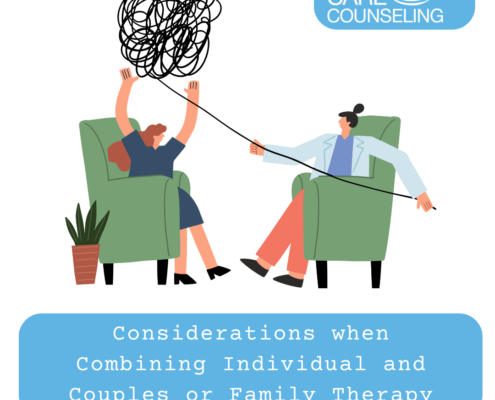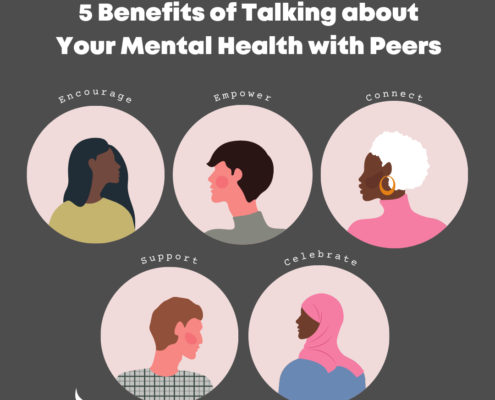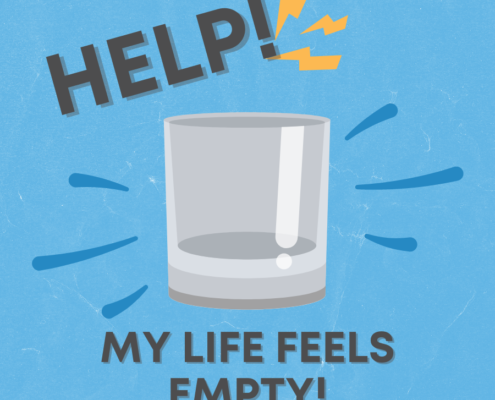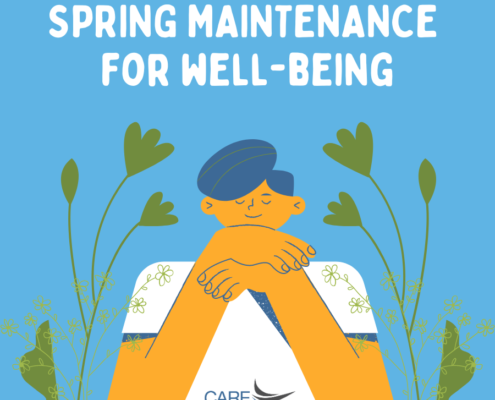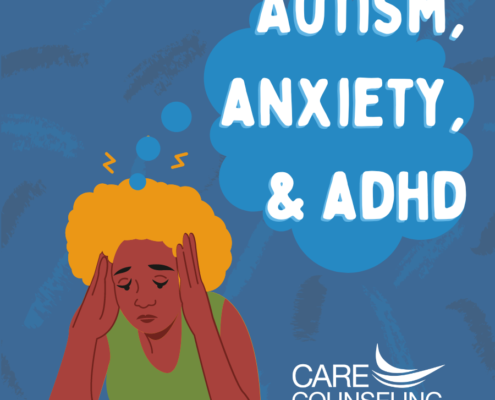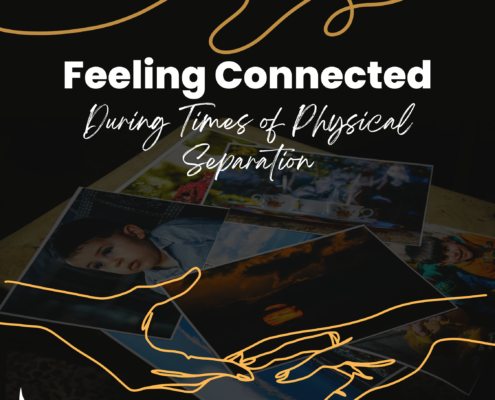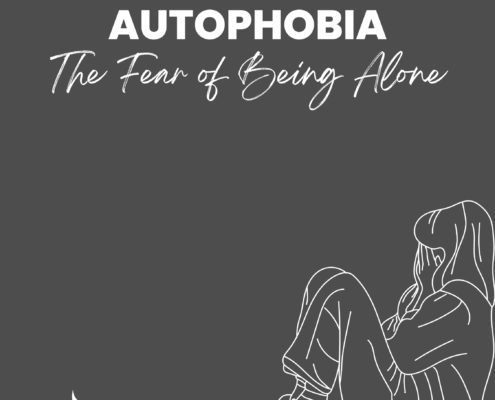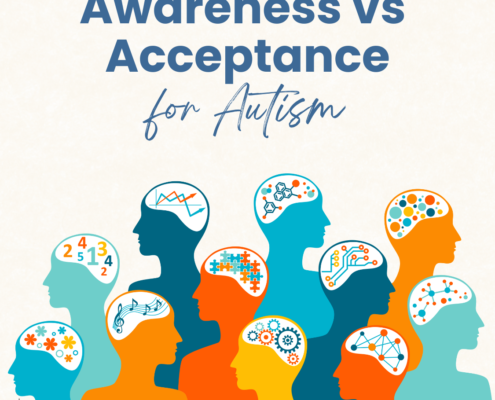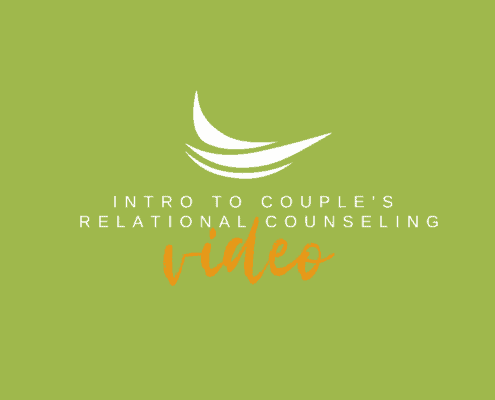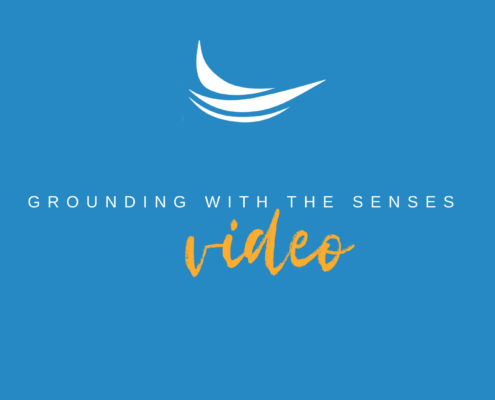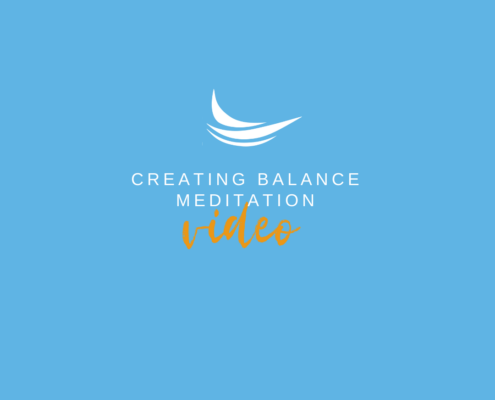What to expect in family therapy?
Your initial family therapy visits will focus on your therapist getting to know the family and its dynamics. Then, together as a family and in collaboration with the therapist, you will identify goals toward which you would like to work. Common goals for family therapy can include but are not limited to spending more quality time together, improving communication between family members, understanding the perspective of other family members, and working through a new transition together. Your family therapist will observe your family dynamics, evaluate relationship problems, treat and diagnose disorders, and guide your family through problems as an objective mediator. Family therapy may look different depending on the ages and abilities of all family members. Family therapy with young kids may include more play, whereas family therapy with a family with teens or adults would be more conversational and work toward holding each party accountable for their own role and actions.

